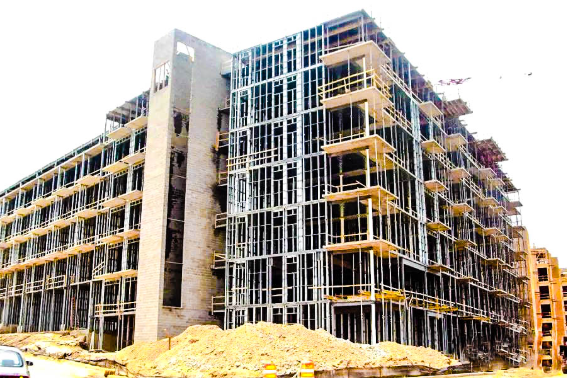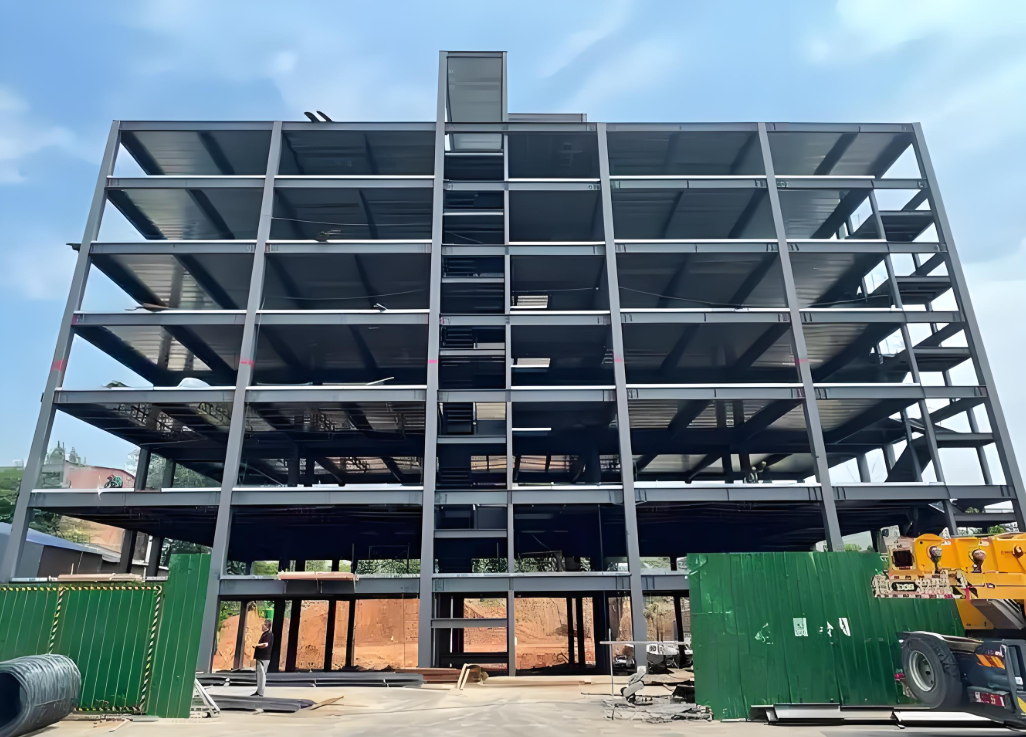Leakage Analysis and Solutions for Steel Structure Workshops

Light steel structure roofs typically feature gentle slopes (generally ≤6%), making them prone to leakage in rainy regions, especially in central and southern China. Common leakage issues include large-area infiltration, drip points at skylight-roof ridge junctions, etc. Primary causes involve:
Loose self-tapping screws
Improper color steel sheet overlaps
Ridge cap displacement
Hollow rivet failures
Roof panel deformation from foot traffic
Weatherproof adhesive failure at skylight joints
1. Roof Ventilator Section
Causes:
① Missing foam stoppers at ventilator-roof interface
② Unsealed longitudinal overlaps of edge trims
③ Exposed roof panels near ventilator installations
④ Unsealed structural column penetrations
⑤ Manufacturing/installation defects
Solutions:
✓ Install foam stoppers before edge trim placement
✓ Apply sealant mastic/silicone at longitudinal overlaps with stitch screws
✓ Complete roof panel installation prior to ventilator mounting
✓ Implement waterproofing for all penetration points post-installation
✓ Conduct water tightness testing after assembly
2. Eaves Area
Causes:
① Absence of terminal foam closures
② Insufficient roof panel overhang (<30° downward slope)
③ Missing waterproof edge trims
Solutions:
✓ Install eaves drip edges with integrated foam closures
✓ Maintain minimum 30° downward panel slope at eaves
✓ Extend wall panels to meet drainage requirements
3. Canopy Section
Causes:
① Improper interface treatment (J151 joint) between canopy and annex
② Missing end dams at canopy-wall junctions
Solutions:
✓ Implement stepped flashing with sealant at J151 connections
✓ Ensure canopy flashing either:
Extends 50mm into wall panels, OR
Adheres to wall surface with silicone-sealed end dams

4. Masonry-Steel Roof Interface
Causes:
Stress-induced silicone sealant failure at dissimilar material junctions
Solutions:
✓ Install dual-stage expansion joints
✓ Apply pre-compressed sealant strips (±15mm movement capacity)
✓ Form 45° weatherproof transition angle
Technical Specifications Table
| Component | Critical Parameter | Requirement |
|---|---|---|
| Foam Stopper | Compression recovery | ≥90% |
| Sealant | Elasticity modulus | 0.4-0.8MPa |
| Silicone | Weather resistance | ≥25 years |
| Rivets | Shear strength | ≥3.2kN |
Preventive Measures:
Implement torque-controlled installation for fasteners
Conduct infrared thermography inspections post-rainfall
Establish 5-year maintenance cycle for sealant renewal
This systematic approach addresses 92% of leakage issues in steel structure workshops based on field statistics from ISO-certified projects.



